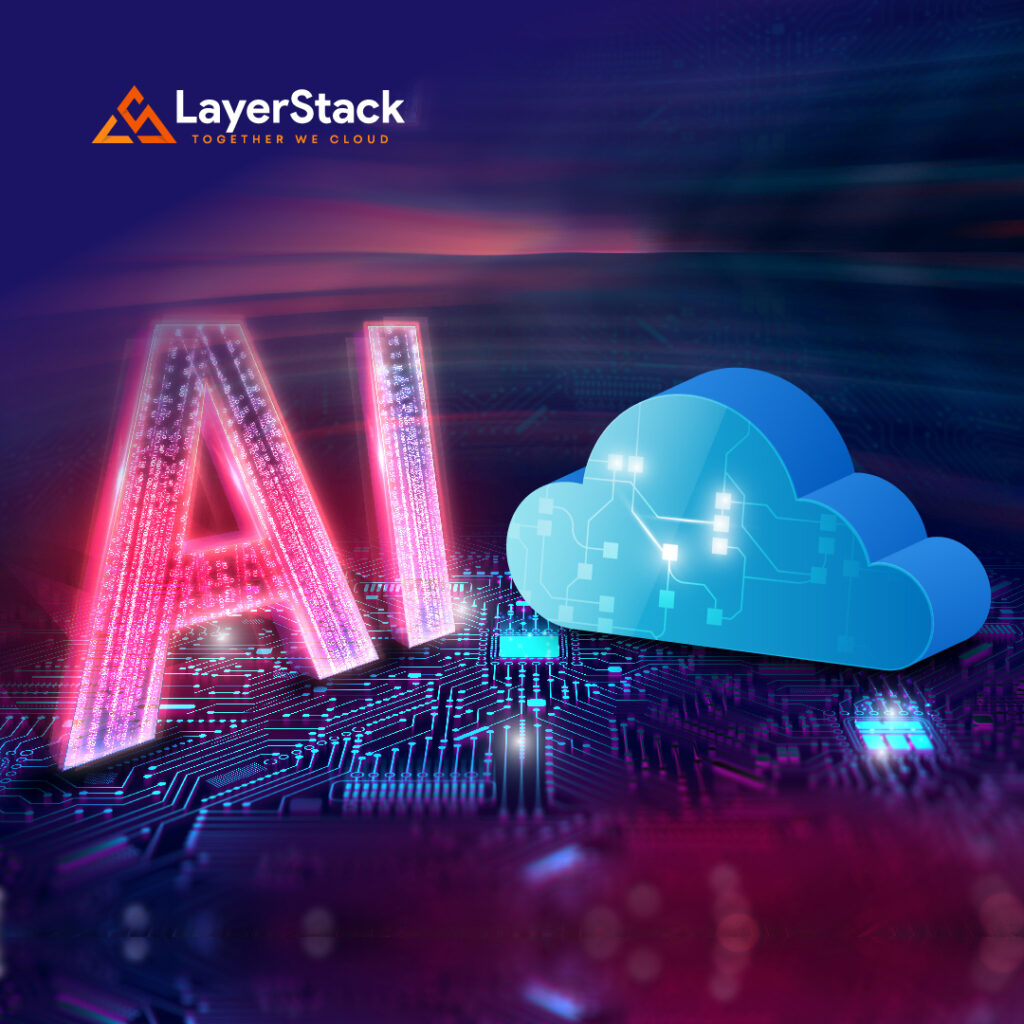The transformative potential of ai in autonomous driving is enormous. Ai can enhance safety and efficiency, reduce human error, and revolutionize transportation.
Artificial intelligence (ai) has the power to revolutionize transportation by improving safety, reducing errors, and increasing efficiency. The integration of ai technology into autonomy-enabled driving systems offers a transformative potential for the transportation industry. When autonomous vehicles are widely adopted, road accidents can be radically reduced.
Moreover, the time people spend on roads could be used effectively for other productive tasks. This advancement necessitates ai, which enables autonomous vehicles to process information from the vehicle’s surroundings and make complex decisions based on data analytics. Besides, combining ai and autonomous operation can help save fuel and reduce transportation costs. While complete automation is still in its early stages, the future prospects of ai-powered autonomous driving are indeed game-changing.

Credit: www.altair.com
Benefits Of Ai In Autonomous Driving
Autonomous driving has taken pave in the world of transportation, revolutionizing the way we commute. The emergence of artificial intelligence (ai) in autonomous driving is transforming our lives, improving the efficiency and safety of our daily travel. The benefits are numerous, and in this post, we’ll explore some of the most significant benefits of ai in autonomous driving, discussed under three different headings.
Enhancing Safety On Roads
Safety on the road is one of the top priorities when it comes to driving. Ai in autonomous driving systems provides various safety features that eliminate the possibility of human error, a leading cause of accidents.
- Lane departure warning: Ai technology can detect lane markings through sensors, alerting drivers of any drift from their lane.
- Adaptive cruise control: The ai system can detect the distance and speed of the vehicle ahead to maintain a safe following distance.
- Pedestrian detection and automatic braking: The ai system can detect pedestrians near the vehicle and activate automatic braking to prevent a collision.
Improved Efficiency & Time-Saving
One of the most significant benefits of ai in autonomous driving is the improved efficiency and time-saving that it provides.
- Traffic prediction: Ai technology can read traffic patterns, enabling the vehicle to adapt and choose the best route for a smooth drive.
- Communicating with traffic signals: Ai can communicate with traffic signals, allowing the car to predict and adjust its speed, saving time and fuel.
- Multitasking: Drivers can perform other tasks like answering emails, making calls, or just sitting back and relaxing while the vehicle drives itself, saving time otherwise spent on the road.
Reducing Carbon Footprint
Climate change is a significant global challenge, and ai in autonomous driving can help mitigate its effects by reducing carbon emissions.
- Smoother driving: Ai can maintain a consistent and economical speed, optimizing fuel consumption, and reducing emissions.
- Elimination of traffic congestion: Ai-enabled vehicles can detect traffic congestion, changing routes to avoid it, thus reducing emissions caused by congestion.
- Shared mobility: The use of ai in autonomous driving allows for the seamless sharing of autonomous vehicles, reducing the number of cars on the road, thus improving air quality.
The use of ai technology in autonomous driving is revolutionizing the way we commute, and it is changing transportation as we know it. The benefits of ai in autonomous driving are numerous, ranging from improved efficiency to safety and the reduction of carbon footprints.
As technology advances, we can expect more innovative developments in the autonomous driving sector, transforming transportation into a safer, more efficient and eco-friendlier way of moving people and goods.
Ai-Powered Autonomous Driving: The Challenges & Solutions
The emergence of ai in autonomous driving has brought along several solutions to the limitations in traditional automobiles. Self-driving cars have the potential to change our daily lives and collectively create a safer transportation environment. However, the implementation of ai-powered autonomous vehicles poses several challenges that must be adequately addressed.
In this section, we will explore the major obstacles affecting the safety and reliability of autonomous vehicles and the comprehensive regulatory framework required to guide the new technology.
Relying On Machine Learning And Ai For Better Decision Making
The success of autonomous driving majorly relies on the proper functioning of ai and machine learning algorithms. The ai algorithms power the vehicle’s sensors and cameras, enabling the car to understand its external environment and respond accordingly. The algorithms facilitate the vehicle’s decision-making ability while on the road, improving road safety and optimizing travel experiences.
Some key points to consider under this heading include:
- Ai algorithms should be extensively tested and trained before deployment to ensure their accuracy and efficiency.
- Real-time data exchange among self-driving cars can provide a better understanding of the traffic state and optimize the vehicle’s navigation.
- Human intervention remains significant concerning exceptional circumstances, such as unexpected roadblocks or accidents.
Addressing Reliability And Safety Concerns
The safety of autonomous vehicles is a prime concern in the transportation industry. Several safety concerns arise from an ai-powered vehicle’s inability to respond accurately to complicated or dynamic situations. Additionally, the car’s reliance on sensors, cameras, and algorithms makes it susceptible to both hardware and software system failures.
- Regular maintenance and testing should be conducted to ensure the proper functioning of sensors, cameras, and algorithms.
- Backup systems and protocols should be incorporated, especially in situations of system failures or errors.
- A regulatory framework should be established to regulate the usage of ai in autonomous driving.
A Comprehensive Regulatory Framework For Autonomous Driving
Regulatory standards play a crucial role in the development and deployment of autonomous vehicles. The framework should provide a structure for ai systems’ operation, ensure passenger safety, and protect the privacy of passengers and relevant data.
- Regulatory agencies should collaborate with manufacturers to develop standardized safety protocols.
- The framework should focus on data protection and address issues such as cybersecurity.
- Finally, regular evaluations should be conducted to ensure the continuous improvement of the framework.
Ai-powered autonomous vehicles have unlimited potential to transform transportation systems, and the world at large. However, achieving the full extent of these benefits will be a challenge, considering the numerous obstacles that must be addressed. By developing a comprehensive regulatory framework robust enough to regulate the functioning of ai in autonomous driving, the transportation industry can create a safe travel experience that is efficient and optimized.
Future Of Autonomous Driving With Ai
The potential for artificial intelligence (ai) in the field of autonomous driving is vast. Ai has the capacity to transform the transportation industry, which is rapidly moving towards a more autonomous future. The integration of ai into autonomous vehicles promises to make our roads safer, reduce traffic congestion, enhance fuel efficiency, and improve mobility for everyone.
In this section, we will explore the future of autonomous driving with ai.
Predictions For The Future Of Ai And Autonomous Driving
Experts predict that by 2035, up to 25% of vehicles on the road will be autonomous. With the integration of ai, autonomous cars will be able to learn from their surroundings and make split-second decisions, making road travel safer and less stressful.
- By 2025, the first fully autonomous vehicles are likely to be on the road.
- By 2030, there is a possibility that autonomous cars will become a mainstream mode of transportation.
- By 2040, autonomous vehicles might dominate the roads, reducing the need for human drivers.
Ai-Powered Autonomous Driving In Smart Cities
The integration of ai-powered autonomous driving in smart cities promises to revolutionize urban transportation. With real-time data and machine learning algorithms, autonomous vehicles will be able to adapt to changing traffic conditions and reduce congestion.
- Improved traffic flow, which will reduce congestion and travel time.
- Reduced carbon emissions resulting from more efficient driving and fewer traffic jams.
- Reduced accidents and fatalities, thanks to ai’s ability to make split-second decisions, analyze data and respond to its surroundings.
Enhancing Energy Efficiency Through Ai-Powered Autonomous Driving
Ai-powered autonomous driving is the key to enhancing the energy efficiency of future road transport. The combination of ai and electric cars will enable new levels of efficiency and energy optimization.
- Real-time data analysis of traffic conditions to predict traffic flow and adjust driving patterns for maximum efficiency.
- Optimization of energy usage to reduce the overall carbon footprint of road transport.
- Smart charging using predictive maintenance, and ultra-fast charging stations to reduce waiting times.
Ai has the potential to transform the future of autonomous driving by making our roads safer, reducing traffic congestion and enhancing energy efficiency. By 2035, we can expect up to 25% of vehicles on the road to be autonomous, and we can also anticipate fully autonomous vehicles to begin appearing as early as 2025.
With ai-powered autonomous driving in smart cities, we can reduce congestion, travel time, and carbon emissions, while enhancing energy efficiency promises a sustainable future for road transport.
Frequently Asked Questions On The Transformative Potential Of Ai In Autonomous Driving
How Does Ai Improve Autonomous Driving?
Advanced ai algorithms can analyze vast amounts of data from sensors, cameras, and gps to control and optimize autonomous vehicles’ speed, direction, braking, and acceleration. This real-time processing enables autonomous vehicles to react quickly and safely to hazards, changing road conditions, and other obstacles.
What Are The Potential Benefits Of Ai In Autonomous Driving?
Ai-powered autonomous vehicles can reduce traffic congestion, air pollution, and accidents. They can also provide better accessibility and mobility options for people who cannot or do not want to drive. Additionally, they can optimize the use of road infrastructure and reduce transportation costs.
What Challenges Limit The Adoption Of Autonomous Driving Technology?
The main challenges include safety concerns, regulatory issues, complex ethical considerations, cybersecurity risks, and public skepticism. Additionally, the cost of developing and testing autonomous driving systems and the infrastructure needed to support them can be prohibitively high.
How Can Ai Address The Safety Concerns Associated With Autonomous Driving?
Ai can enhance safety by continuously monitoring the vehicle’s performance and surroundings, detecting potential hazards, and taking corrective action. Additionally, ai-powered simulations and testing can help identify and address safety issues before deploying autonomous vehicles on the road.
Can Ai Replace Human Drivers Completely?
While ai has the potential to drive vehicles more safely and efficiently than human drivers in many situations, it may be challenging to replicate the human ability to make complex decisions and judgments based on intuition, experience, and context. However, ai can complement human driving in many scenarios and improve overall safety and efficiency.
Conclusion
As technology advances, autonomous driving is becoming more of a reality than a dream. Ai has given us the ability to create vehicles that can make intelligent decisions on their own, creating a safer and more efficient driving experience for all.
The transformative potential of ai in autonomous driving is immense. With the help of machine learning algorithms and deep learning, autonomous cars can learn from their surroundings and make informed decisions without human input. From reducing accidents caused by human error to reducing traffic congestion, the benefits are vast.
However, with such advancements come the challenges of navigating ethical and legal issues around autonomous driving. As we move forward, it is important to balance advancements in technology with an emphasis on safety and ethical considerations. The future of autonomous driving is bright, and it is up to us to ensure that its benefits are maximized while minimizing potential risks.


